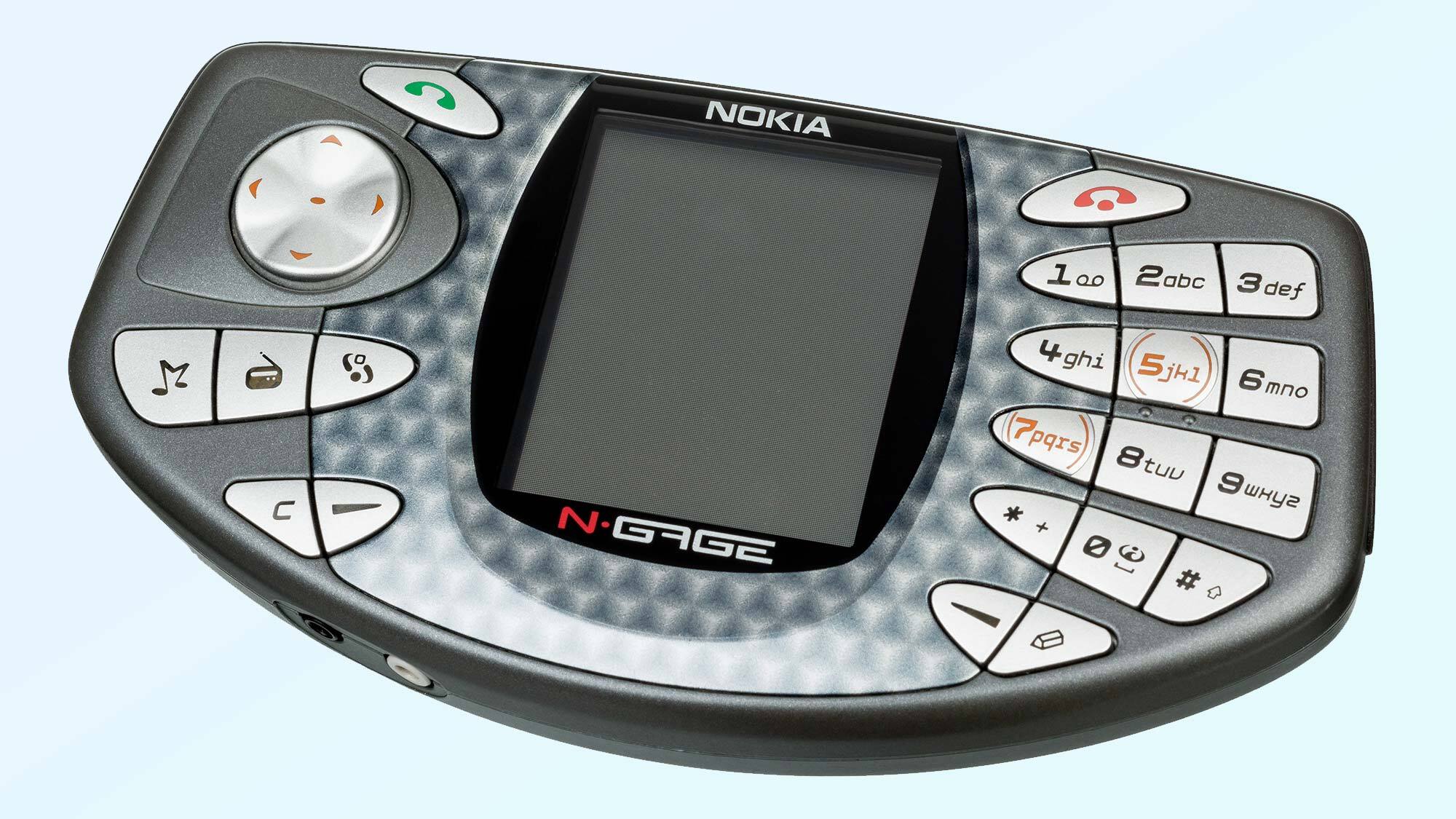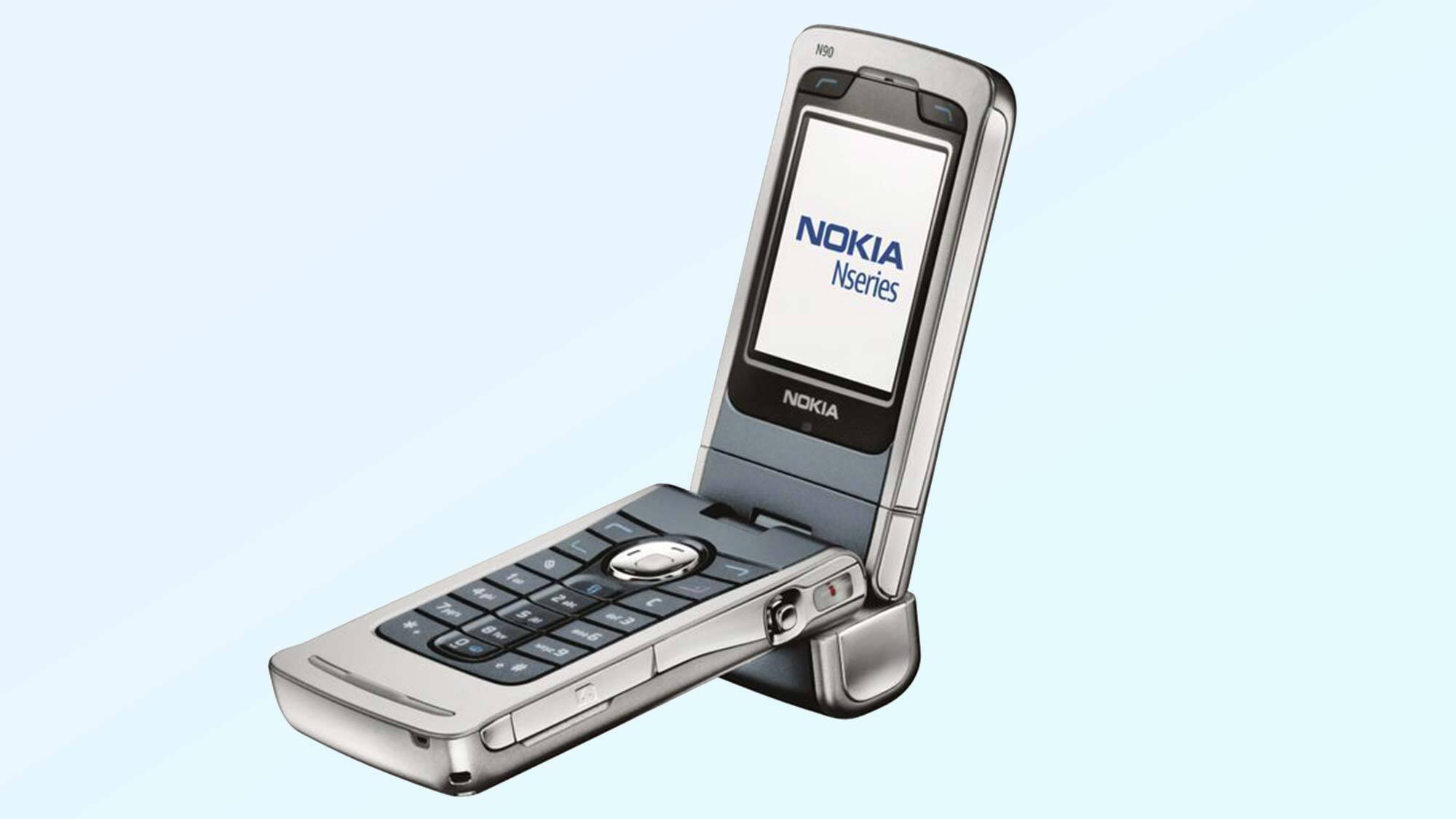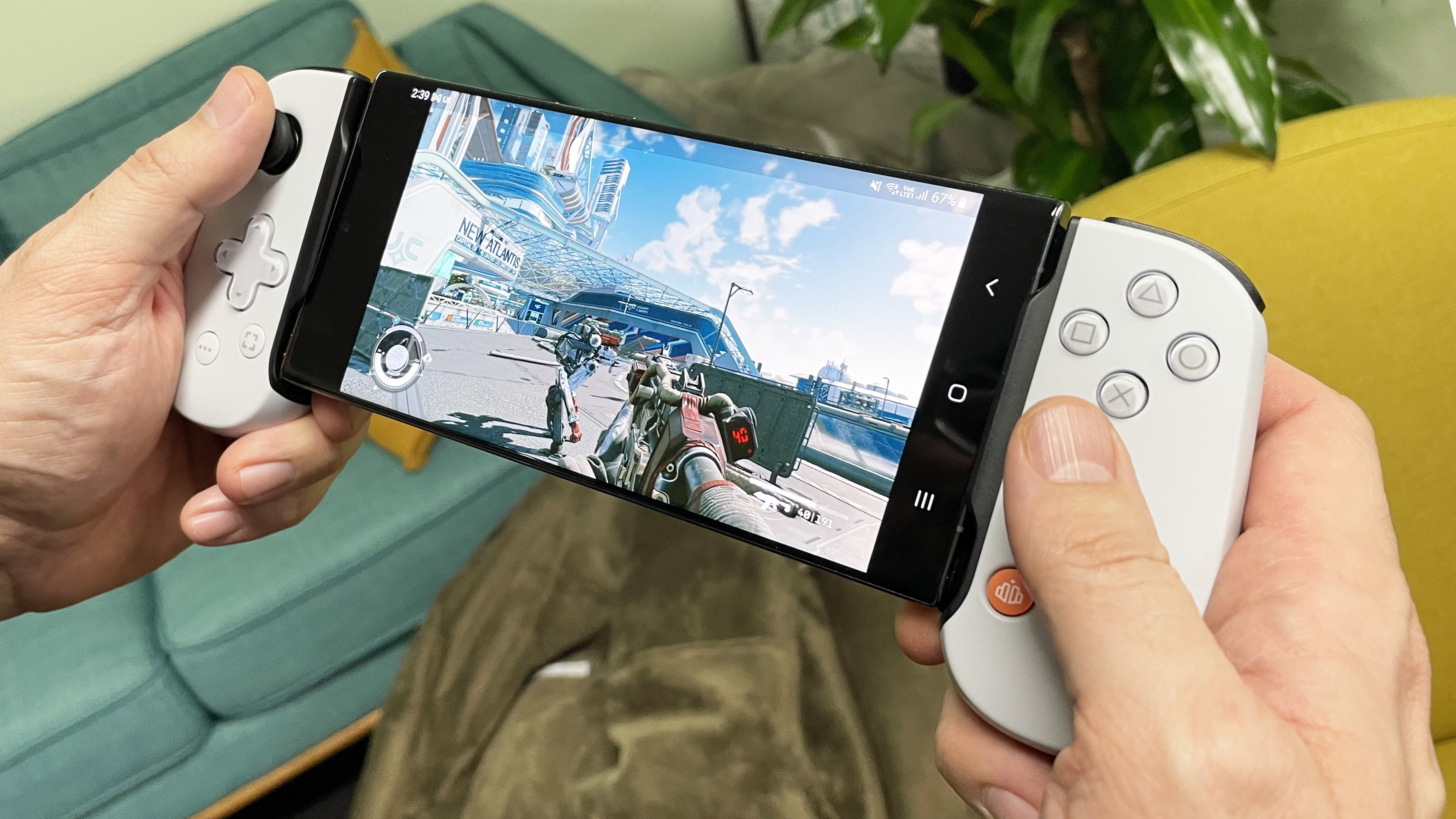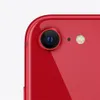Smartphones might all look the same, but I think the experiments of the past should stay there

One of the biggest complaints about current smartphones that I've heard is that they all look the same. To be fair, this is a pretty valid complaint, given Samsung dropping their curved screen for the Galaxy S24 and how similar it looks to the iPhone 15. However, I would argue that this isn't necessarily a bad thing.
Looking back to the past, one could argue that phone developers took some time to find their feet. People might not remember what the mobile phone market used to be like, but it was wacky and weird. It was also a time of massive financial loss for phone makers and the eventual end of many after the rise of the iPhone.
I understand why people miss the days when choosing your phone was down to more than just a set of numbers listed on a spec sheet. However, I want to take a look back at some of the phones of the past and why we're in a better place now.
What were some experimental phones of the past?
I can think of four examples that stepped away from the normal designs, and each one offered something different. The least experimental was the Galaxy S4 Zoom. The phone looked like a normal Galaxy S4, except the camera was designed with a full lens. It offered more zoom than most other models of the time but was held back by being uncomfortable to keep in the pocket.

On a different note was the N-Gage, developed by Nokia in 2003. Unlike other phones, the N-Gage touted itself as the first phone focused on gaming. It better resembled the Game Boy Advance than a mobile phone, with the screen placed in the middle of the device and two separate keypads on either side. However, the N-Gage didn’t reach sales expectations due to limited software and general uninterest from the public.
Nokia also released one of the strangest-looking phones I’ve ever seen, the Nokia 7280. It looked nothing like a phone. The design was more reminiscent of a lipstick tube with a tiny screen, a slider and a navigation spinner that let users move around the small screen. This was arguably the peak of experimentation, something Nokia was famous for in the early 2000s.

The final design to look at was the Nokia N90 which, at first glance, looked like other flip phones of the time. However, the phone came with a patented swivel on its screen allowing it to change to four different modes. The design was impressive, but customers complained about it being clunky and heavy, although we saw something similar recreated in the LG Wing.
Get instant access to breaking news, the hottest reviews, great deals and helpful tips.
Why do developers seem to experiment less now?

Hardware is, arguably, one of the biggest initial costs when making a new phone. This expense is often doubled when changing track halfway through any design. For instance, there has been a fair amount of debate about the chips that will be put into the Galaxy Z Fold 6 and Galaxy Z Flip 6. There was a chance that Samsung would adapt the devices to take the Exynos 2400, but it was recently reported that the cost of implementing such a change wouldn’t be worth it.
This is the crux of the issue for developers, especially in today's market. Components are expensive to find, source and build. Apple has been going through a similar situation as it works to develop its in-house modem and step away from external companies. This all adds up to lots of cost, especially if there’s a component that a company needs to change.
This cost feeds into the issue of experimenting with hardware, as a developer will need to consider several different avenues of cost. Firstly, there’s the cost of developing the experimental component. Then, there’s designing the phone around the component, and there's the cost if it doesn’t work. Meanwhile, software initially started as cheaper to create, but as AI gets smarter, it becomes a lot more expensive to develop.
We are better off now than we were then

All those previous phones I mentioned share two things in common. The first is that they were all experimental and different from other things on the market. The second is that most of the companies made a loss on these devices, and in the current market, that could ruin a company. However, experimentation still happens.
One major area that allows experimentation is phone accessories that improve a phone's features. These don’t have to be massive changes, as many can be quite subtle. For instance, selfie sticks are a great example of something the developers would have tried to add to the phone beforehand but now do not have to. We also see cases with the stands built in and controllers that can be added directly to the phone.
Focusing on accessories can feel like an attempt to drain more money out of people, but there is a benefit for users. Firstly, it's cheaper for customers in the long run, primarily because we aren’t paying for things we don’t use. Take the controller, for instance. Most people would not buy a gaming iPhone, but people who want to game on their iPhone would buy a separate controller. In this circumstance, the average consumer isn’t paying extra for a feature they’d never use.
Overall, while I do think that phones have become a bit dull, I can see why it happened, and I even appreciate how hard it is for developers. The craziness of the past was fun at the time, but I think we are in a better place now than we were before.
More from Tom's Guide
- Apple explains why iOS 17.5 resurrected your deleted photos — what you need to know
- Should I upgrade to the iPhone 16? These are the 5 key areas Apple needs to address
- I used this rugged phone with a FLIR camera to see behind walls — and it even has an obnoxious 8,800 mAh battery

Josh is a staff writer for Tom's Guide and is based in the UK. He has worked for several publications but now works primarily on mobile phones. Outside of phones, he has a passion for video games, novels, and Warhammer.









